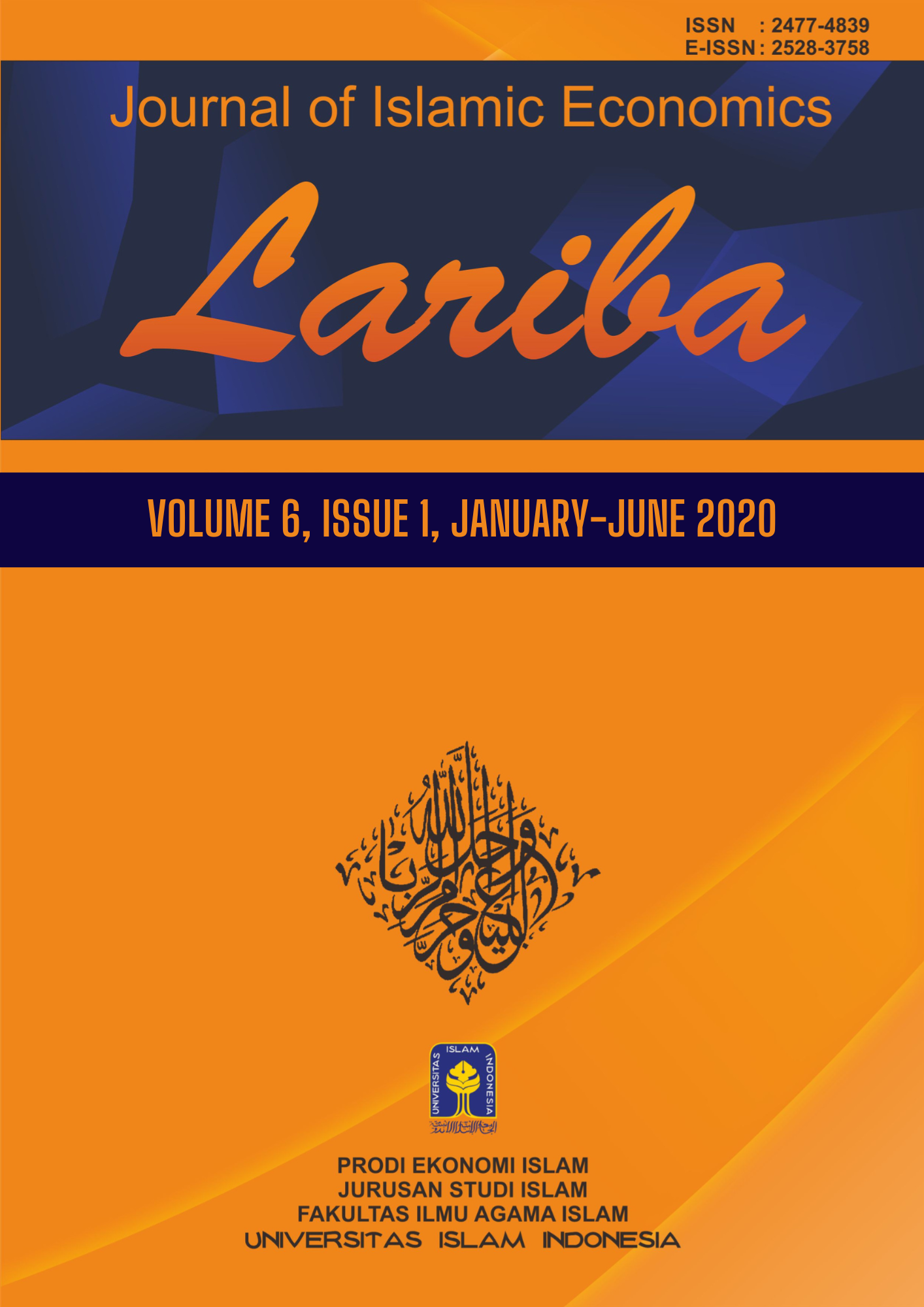Main Article Content
Abstract
Zakat is one of the basic principles that can be used as an instrument to reduce poverty and help Muslims in need. However, the participation of Muslims in Indonesia to paying zakat is still very less, in 2015 only IDR 2.477.457.839.898 which is collected from 207.176.162 Muslim population. Compared with Malaysia in 2015 collected more than MYR 2.334.010.085 or equivalent to IDR 7.002.030.257.000 of 17.375 million Muslim population. It makes this research aim to know the difference between zakat management in Indonesia and Malaysia. To compare it is selected Pusat Zakat Sabah (MUIS) with total collection in 2015 as much as MYR 795.695,17 or equivalent IDR 219.939.753.999 and Badan Amil Zakat DIY with total accumulation in 2015 amounting to IDR 680.990.478. Both are equivalent as zakat institutions at the provincial level. With descriptive qualitative method, it is used to describe data related to zakat management in PZS and Baznas DIY which have been collected. From the descriptive analysis, PZS has advantages in terms of collection and distribution, with the amount of funds collected and the absorption of fund distribution is always exhausted. Then in terms of utilization and Supervision of PZS and Baznas DIY have their respective advantages.
Article Details
Authors who publish with this journal agree to the following terms:
- Authors retain copyright and grant the journal right of first publication with the work simultaneously licensed under a Creative Commons Attribution License that allows others to share the work with an acknowledgement of the work's authorship and initial publication in this journal.
- Authors are able to enter into separate, additional contractual arrangements for the non-exclusive distribution of the journal's published version of the work (e.g., post it to an institutional repository or publish it in a book), with an acknowledgement of its initial publication in this journal.
- Authors are permitted and encouraged to post their work online (e.g., in institutional repositories or on their website) prior to and during the submission process, as it can lead to productive exchanges, as well as earlier and greater citation of published work (See The Effect of Open Access).




